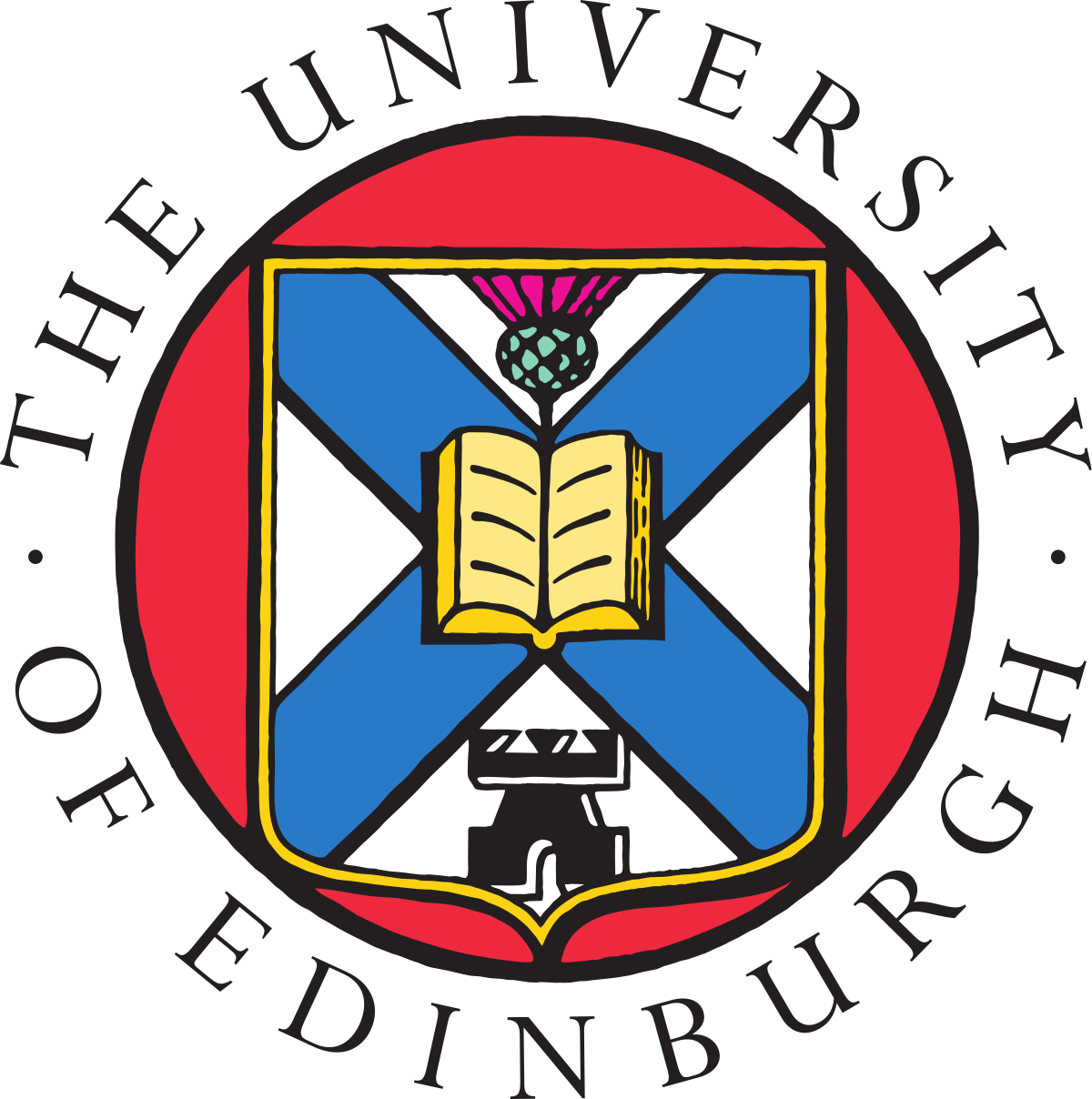University of Edinburgh: Artwork extends hand of friendship post-Brexit
A choir of recorded voices representing each EU member state will perform Robert Burns’ much-loved song in a sound installation at the foot of Edinburgh’s Calton Hill.
The constantly changing arrangement by Nigerian-born artist Emeka Ogboh will be broadcast from the Burns Monument during Edinburgh Art Festival, which opens on Thursday (29 July).
UK-based EU citizens sang in their mother tongue, which Ogboh has edited, programmed and sequenced to produce a complex and constantly shifting soundscape.
Many voices
Individual renditions of the song in 27 EU languages – and Burns’ own Ayrshire dialect – will be played, in concert, through seven speakers. A recording in Scottish Gaelic will also play outside the monument.
Song of the Union is curated by the University of Edinburgh’s Talbot Rice Gallery and has been co-commmisioned with Edinburgh Art Festival, which runs until 29 August..
The work inspired by events in January 2020 when MEPs sang Auld Lang Syne in a farewell to the UK as it departed from the EU. The idea of singing the song in Brussels came from German MEP Terry Reintke who was part of an EU-UK Friendship Group in the European Parliament.
Artist’s vision
None of the artwork’s contributing vocalists were eligible to vote in the 2016 referendum. By including them in Song of the Union, Ogboh – who lives and works in Lagos and Berlin – says their voices can now be heard.
A limited edition vinyl and an artist’s book, which coincides with the exhibition, will include the 28 Auld Lang Syne scores used in the installation and translated lyrics from each of the EU states.
It will feature essays by University of Edinburgh musicologist M J Grant and Director of the Scottish Centre on European Relations Kirsty Hughes. Also offering their perspectives are the project’s curator, Talbot Rice Gallery director Tessa Giblin, and writer and curator Bonaventure Soh Bejeng Ndikung.
Looking forward
Curator Tessa Giblin says: “Song of the Union is an artwork about friendship – just as Auld Lang Syne is a song about friendship – and it looks forward, not back, to a time when friends might see each other again.”
The work is supported supported by the PLACE Programme – a partnership between Edinburgh Festivals, Scottish Government, City of Edinburgh Council and Creative Scotland.
It has received additional support from Goethe-Institut Glasgow, ifa (Institut für Auslandsbeziehungen), Reid School of Music at Edinburgh College of Art and Museums and Galleries Edinburgh.

